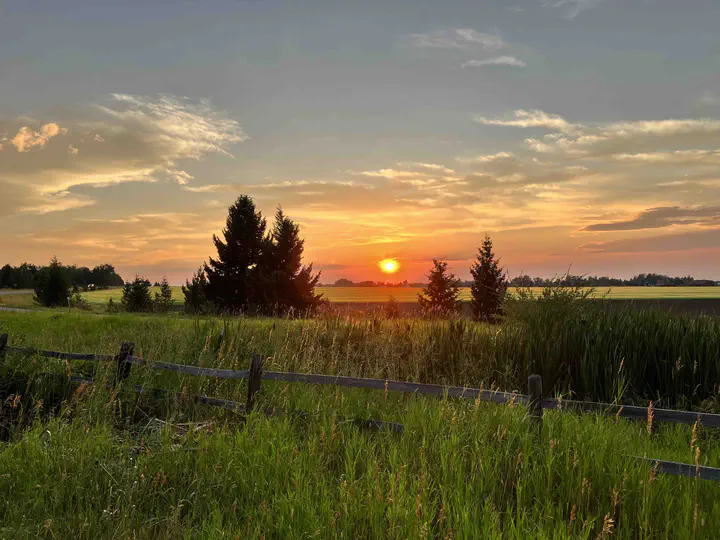Characterizing atmospheric boundary layer transition during the afternoon-to-evening period

| PI | David D Turner |
|---|---|
| Organization | NOAA Global Systems Laboratory |
| Period | 2020-03 to 2022-07 |
This project aimed to improve our understanding of the complex land-atmosphere processes and their interaction during the afternoon to evening transition (AET). In particular, we proposed to use a combination of land surface and profiling observations together and mesoscale model simulations to better understand how the surface energy balance and lower atmosphere evolve during the AET.
Through this project, the performance of version 4 of the NOAA High-Resolution Rapid Refresh (HRRR) numerical weather prediction model for near-surface variables, including wind, humidity, temperature, surface latent and sensible fluxes, and longwave and shortwave radiative fluxes, was examined over the Atmospheric Radiation Measurement (ARM) Southern Great Plains (SGP) region.
This project also investigated the processes leading to the water vapor increase and the impacts of the land cover and horizontal advection on the water vapor increase through a single column model. This study also found that land cover can affect the onset of water vapor increase since different land covers may have different Bowen ratios. Water vapor increases earlier for land cover conditions that have small Bowen ratio, relative to larger Bowen ratio values.